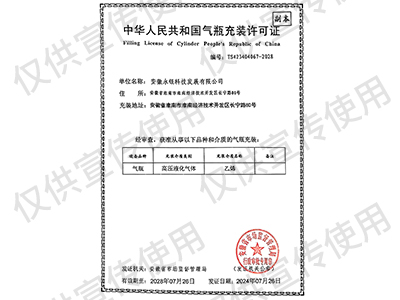Organic gas
![]()
|
Product name |
concentration |
Packaging specifications |
|
Ethylene oxide EO |
≥99.9% |
40L/24kg |
1. Source and production
Ethylene oxide is mainly synthesized through the oxidation reaction of ethylene. Silver catalysts commonly used in the industry are realized under high temperature and high pressure. The main raw materials are ethylene and oxygen or air. The production process needs to avoid self-polymerization reactions caused by impurities (such as iron, acid, and alkali) to prevent the risk of explosion.
2. Main uses
Disinfection and sterilization
Medical devices: High-efficiency broad-spectrum fungicide, used for disinfection of surgical instruments, catheters, masks, etc., with strong penetration and no damage to materials.
Food and daily necessities: grain fumigation and preservation (such as dry egg powder and nuts), as well as disinfection of books, leather and paper.
Advantages: Effective in low-temperature dry environments, and do not affect packaging materials (such as plastics, metals).
Special areas: Mixed with nitromethane as rocket propulsion fuel.
3. Applications in the industrial field
Ethylene oxide is a key intermediate in chemical production, about 60% is used to make ethylene glycol, and the remaining is used for other derivatives.
Ethylene glycol production: used for polyester fibers, antifreeze and plastic raw materials.
Surfactant: Synthetic nonionic surfactants, widely used in the production of detergents, emulsifiers and polyurethanes.
Other chemicals: Production of antifreeze, ethanolamine, polycarboxylic acid water reducing agent monomers, and is used in coatings, pesticides and lubricants.
4. Safety precautions
Ethylene oxide is highly toxic (occupational contact limit ≤2mg/m³), carcinogenic and prone to self-aggregation and explosion.
Storage and operation: It is necessary to isolate air and fire sources, the temperature is lower than 40℃, use stainless steel equipment and equipped with explosion-proof tools.
Risk prevention and control: Avoid contact with the skin or inhalation, and the concentration of >4% aqueous solution is relatively safe.
- Previous:Isobutylene





